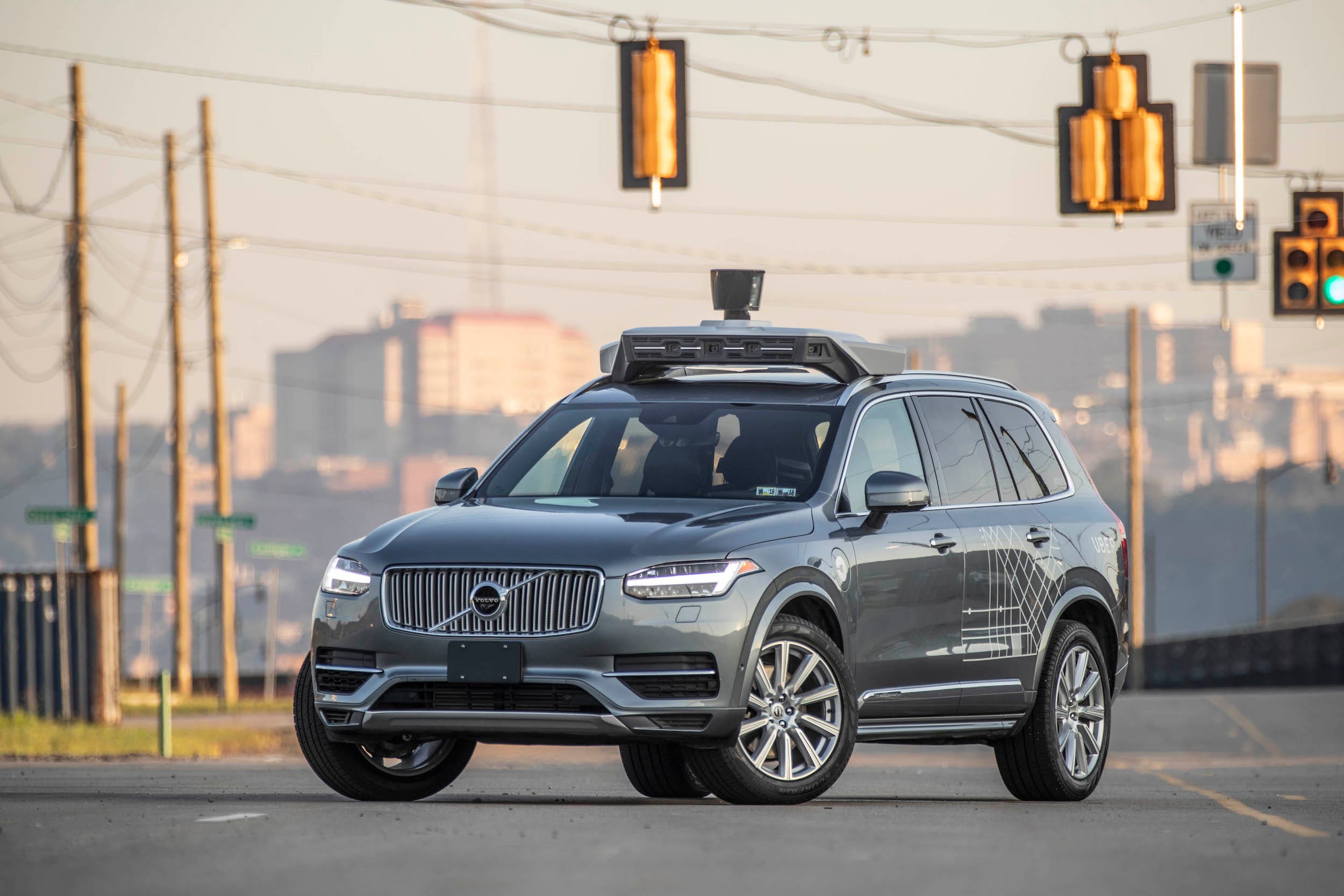
Uber
- Uber’s self-driving-car division, ATG, has failed to live up to its promise since its 2015 founding.
- The unit has suffered from infighting, legal issues, and a deadly crash.
- Insiders, investors, and experts are skeptical about ATG’s prospects.
- Visit Business Insider’s homepage for more stories.
To former Uber CEO Travis Kalanick, mastering self-driving-car technology was a matter of life or death for the ride-hailing firm.
“If we are not tied for first, then the person who is in first, or the entity that’s in first, then rolls out a ride-sharing network that is far cheaper or far higher-quality than Uber‘s, then Uber is no longer a thing,” Kalanick said in a 2016 interview with Business Insider.
Kalanick recruited a team of autonomy experts from Carnegie Mellon to launch Uber’s self-driving-car division in 2015. Since then, this Advanced Technologies Group (ATG) has struggled to prove it has made meaningful progress toward putting self-driving Ubers on the road. Along the way, a deadly crash confirmed the fears of some inside ATG that it was cutting corners on safety, a former ATG leader was sentenced to 18 months in jail for stealing trade secrets from Waymo, and an ATG manager reportedly told Uber CEO Dara Khosrowshahi its technology “doesn’t drive well” and “struggles with simple maneuvers.”
Now, insiders, investors, and experts question whether ATG can turn things around and become a serious competitor to Waymo and Cruise.
“I would not be surprised if Uber just pulls the plug on the whole program within the next 12 months,” Guidehouse Insights research analyst Sam Abuelsamid told Business Insider in September. Unless, he said, Uber manages to sell of the division.
Reports published by Business Insider and other outlets over the past two years, based on conversations with Uber ATG employees and internal documents, have helped explain why the project has failed to live up to its promise.

